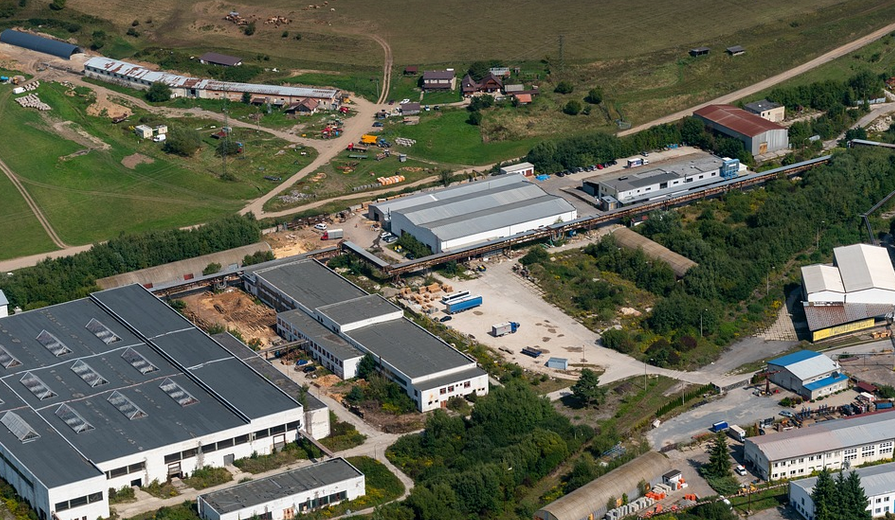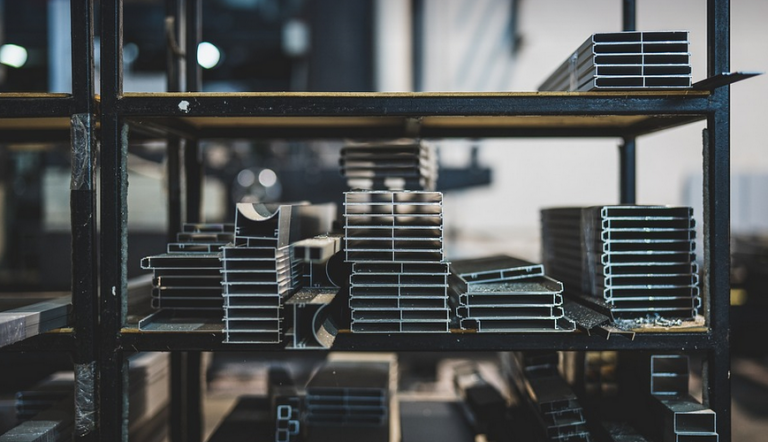
What Makes a Welding Helmet with Filter Special?
Working with welding torches is a thrilling experience, but it’s not without its risks. The intense heat, sparks, and harsh ultraviolet (UV) rays can pose serious threats to your eyes, face, and overall health. This is where a welding helmet with filter comes in. A welding helmet acts as your personal shield against the dangers of welding, offering protection while allowing you to focus on the task at hand.
These helmets come equipped with special features designed for their primary purpose: protecting you from harm. The most important feature is the **filter**. This crucial component helps block out harmful infrared and UV radiation that can penetrate through standard face shields and cause eye damage, skin burns, and even long-term vision problems.
Understanding the Importance of Welding Helmets
Welding helmets go beyond just protecting your facial features. They are designed for a holistic approach to safety, ensuring you have a clear view of the weld without jeopardizing your health. Here’s a breakdown of what makes welding helmets so vital:
- **Eye Protection:** Welding helmets offer built-in face shields that protect your eyes from sparks, molten metal splashes, and intense heat. This shield prevents eye injuries and saves you from potential blindness.
- **UV & IR Blocking:** The most significant advantage is the filter. These filters are specifically engineered to block harmful ultraviolet (UV) and infrared (IR) rays that can cause serious damage to your eyes, skin, and even tissues. The technology behind these filters varies depending on the helmet’s type and level of protection.
- **Adjustable Shades:** Many welding helmets include adjustable shade numbers to customize the filter’s light transmission intensity for different welding processes and metal types. This allows you to control the amount of light entering the helmet, ensuring optimal visibility and eye protection.
- **Comfort & Ergonomics:** To ensure prolonged comfort during long work sessions, welding helmets are designed with adjustable head straps and lightweight materials. The helmets should fit snugly without causing discomfort or hindering your vision.
Types of Welding Helmets
The world of welding helmets offers a variety of options to meet unique needs. When choosing the right helmet, consider these popular types:
Auto-Darkening (AD) Helmets: These are the most common and technologically advanced type. They automatically darken when exposed to intense heat, allowing you to work safely with ease. The filter adjusts to different welding conditions, ensuring optimal eye protection.
Traditional Welding Helmets with Filters: These offer more traditional filtering systems, often used for manual welding or specific types of tasks where automatic darkening isn’t needed. They typically have a fixed shade number that filters out harmful rays while maintaining clear visibility.
Choosing the Right Helmet
Finding the right welding helmet is crucial to maximize safety and efficiency. Here are some factors that guide your decision:
- **Welding Application:** What type of welding will you be doing? Stick, MIG, TIG, or others – each requires a different shade range filter.
- **Helmet Type:** Do you prefer the convenience and functionality of an auto-darkening helmet or the traditional option?
- **Face/Head Size and Shape:** A well-fitting helmet is essential for comfort and safety. Make sure it provides a secure fit without hindering your vision.
- **Budget: **Welding helmets vary in price, from affordable options to premium models with advanced features.
Welding Helmet Maintenance
Proper maintenance ensures the longevity and effectiveness of a welding helmet. Here are some key steps:
- **Regular Cleaning:** Wipe down the helmet’s exterior regularly to remove dust, sweat, and debris. Use a soft cloth with warm, soapy water; avoid harsh chemicals that might damage the filter.
- **Inspect Filters Regularly: ** Check for any signs of wear or tear on the filter’s protective surface. If you notice any visible damage, replace the filter after consulting your helmet’s user manual or manufacturer’s recommendations.
- **Avoid Exposure to Extreme Heat:** Store your helmet in a cool, dry place away from excessive heat and direct sunlight to prevent warping or deterioration of materials.
The Verdict: Invest in Safety
Welding helmets with filters are an absolute necessity for anyone working with welding equipment. They provide essential protection against the dangers of high temperatures and harmful rays, ensuring your long-term health. By investing in a quality welding helmet with filter, you’re not only safeguarding yourself but also setting the stage for safe, efficient welding sessions.


